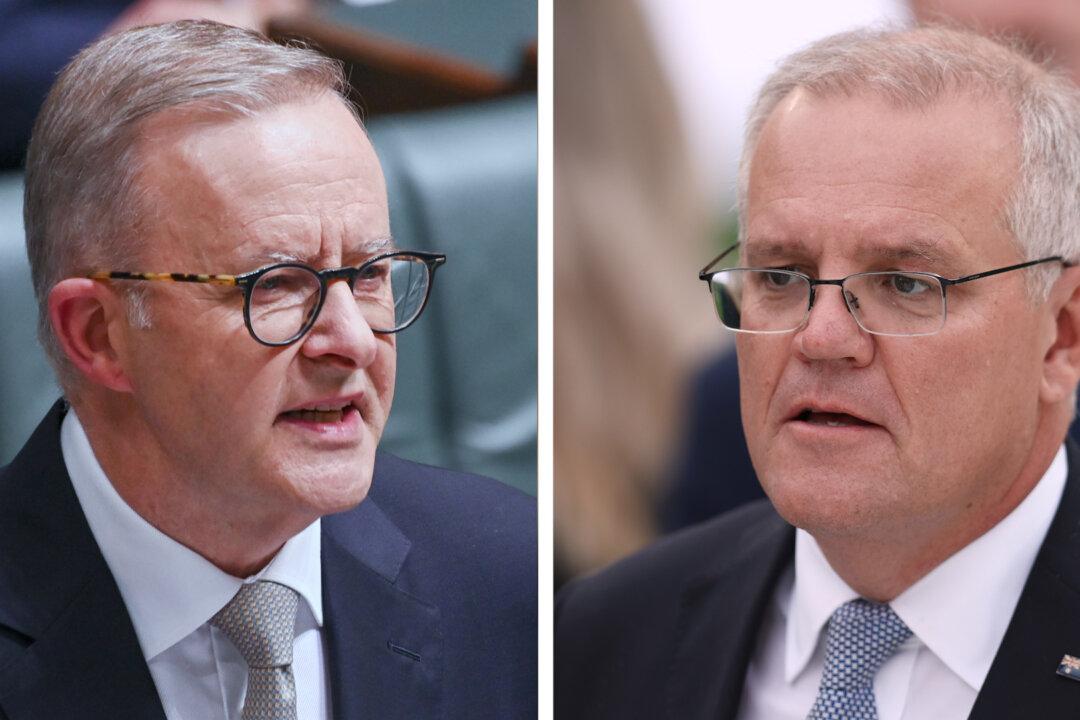Commentary
The Australian federal election has so far demonstrated just how much the political centre is weakening as voters shift further right and left.

The Australian federal election has so far demonstrated just how much the political centre is weakening as voters shift further right and left.